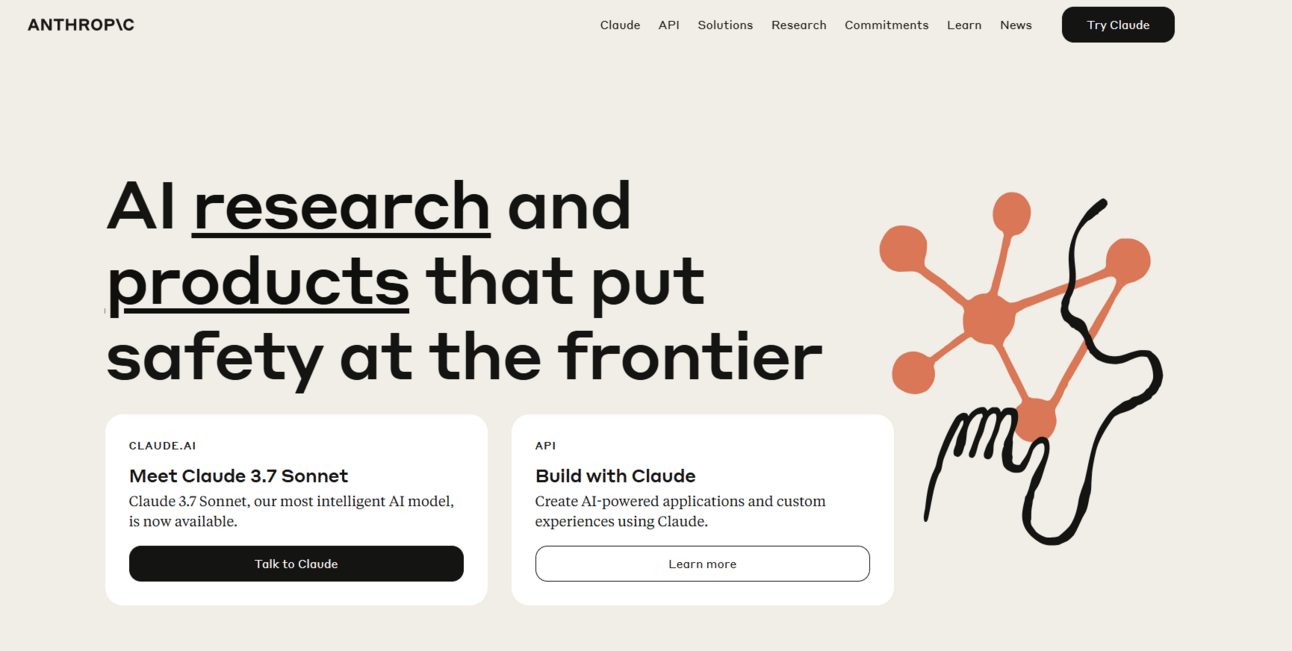
Anthropic: AI employees are just a year away
The TLDR
Anthropic predicts AI-powered virtual employees could enter corporate networks as early as 2026, performing tasks autonomously with minimal human oversight. These agents raise critical questions about identity, accountability, and cybersecurity as companies like Meta and Microsoft explore similar automation paths.
These digital colleagues could have their own user accounts, passwords, and even “reminders.” But with this innovation come new challenges: How do we secure their identities? Who is responsible if they make mistakes or even cause damage? Jason Clinton, head of security at Anthropic, warns of potential risks, such as AI agents gaining access to critical systems.
For the AI community, this means we are on the cusp of a new era in which AI not only supports but acts independently. Developing safe and ethical frameworks for these virtual employees will be crucial.
Anthropic is becoming increasingly confident that by 2026, autonomous agents will function so well that human labor will become redundant—but Meta and Microsoft are also planning to replace software developers with AI agents this year. The future is here.
Find out why 1M+ professionals read Superhuman AI daily.
In 2 years you will be working for AI
Or an AI will be working for you
Here's how you can future-proof yourself:
Join the Superhuman AI newsletter – read by 1M+ people at top companies
Master AI tools, tutorials, and news in just 3 minutes a day
Become 10X more productive using AI
Join 1,000,000+ pros at companies like Google, Meta, and Amazon that are using AI to get ahead.
Graph of the Day

When does AI really improve through longer “thinking”?
Researchers comprehensively investigated how more computing time at runtime (“inference time scaling”) influences the performance of top AI models in 8 complex tasks (math, planning). Result: It often helps, but the benefit varies greatly and more computational effort is no guarantee for success. This shows potential, but also the need for more efficient methods for future, more powerful AI systems in science and business.
How does AI learn best?
Huge amounts of data are the key, but the optimal mix is crucial. Researchers present CLIMB: a method that automatically finds the best data “ingredients” for AI training. It groups data thematically (clustering) and optimizes the mix iteratively with small test runs. Result: Significantly better performance (+2% over a top model). This saves enormous computing costs and promises more efficient, more powerful AI for business and research
AI models that understand images often see imprecisely and do not learn enough variety during training.
The new “NoisyRollout” method improves this: during training, the AI is shown both clear and slightly “noisy” images. This sharpens visual perception and promotes more robust solutions. The result: top performance in challenging visual and mental tasks with very little training data - at no additional cost. This promises smarter, more versatile AI for visual tasks in technology and everyday life.
Poll of the Day
In The News
Tencent Open-Sources InstantCharacter: A New Standard in AI Character Customization
Tencent has officially open-sourced InstantCharacter, a cutting-edge framework that lets users generate custom characters from just one image and a text prompt. It’s the first system to balance consistency, quality, and open-domain flexibility, rivaling top models like GPT-4o in precision. Compatible with Flux, it enables high-fidelity, text-controllable output across poses, styles, and scenes. InstantCharacter is now live on Hugging Face, with full code and research available to explore.
Midjourney Rolls Out Upgraded Image Editor for All Users
Midjourney has launched a major update to its image editor, featuring a refreshed UI, layers, smart selection tools, and improved moderation. The editor is now available to all membership tiers and works seamlessly with both MJ-generated and uploaded images.
a16z Calls for Startups in AI-Powered Social Simulation
a16z’s Speedrun program is now seeking startups working on AI-driven social simulation—tools that can model, predict, and simulate human behavior at scale. From testing products in synthetic markets to running political campaigns on digital electorates, they’re looking for founders building the “Oracle of Delphi” for society.
Quote of the Day

Hi All,
Thank you for reading. We would be delighted if you shared the newsletter with your friends! We look forward to expanding the newsletter in the future with even more specialized topics. Until then, follow us on social media to stay up to date.
Cheers,
Dan











